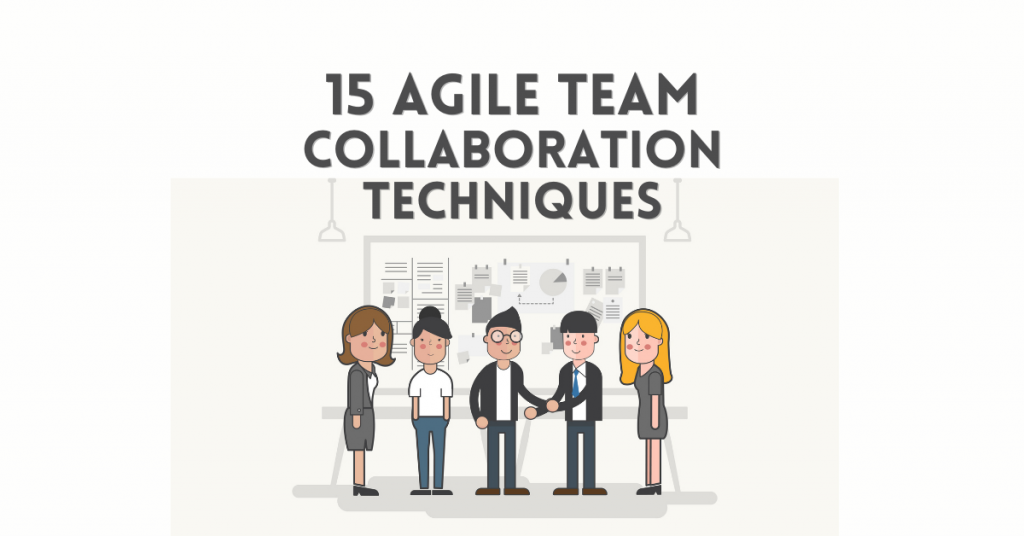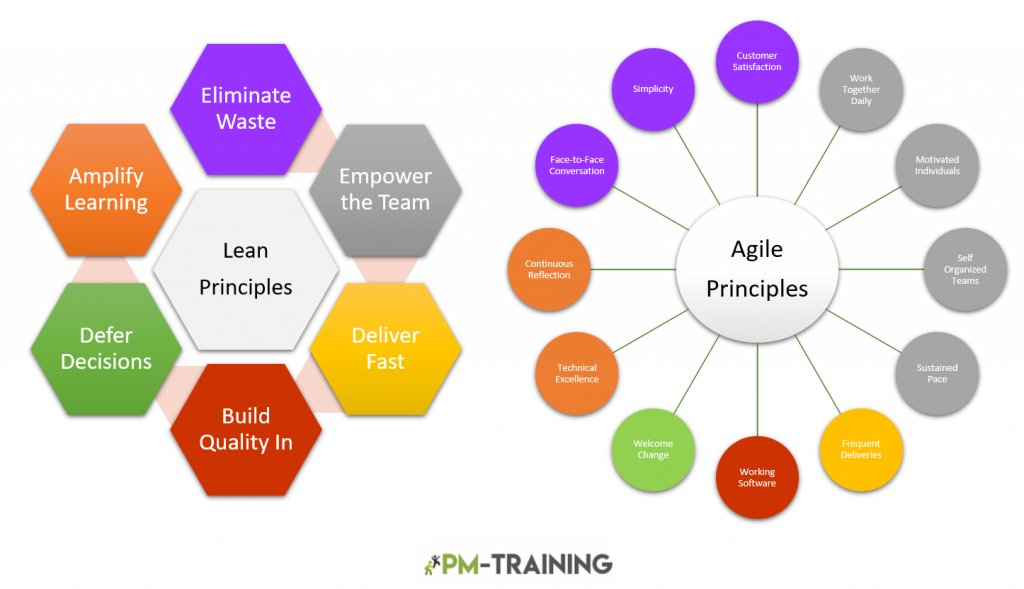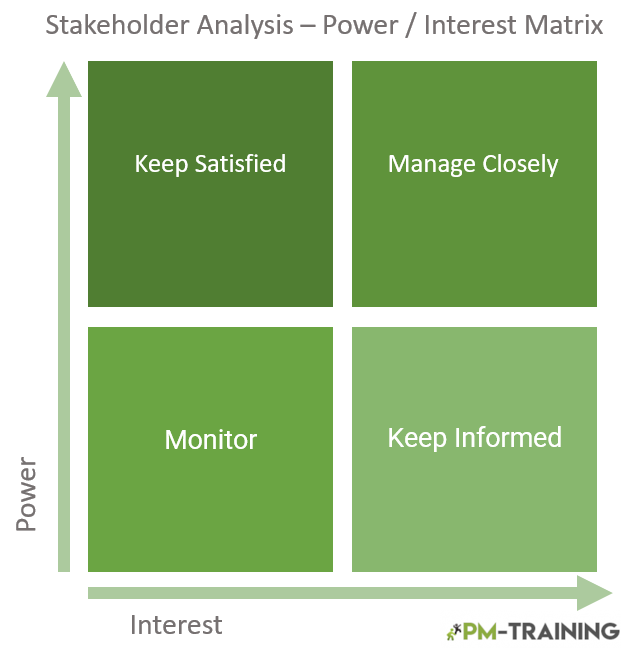Developing new Agile technical skills are critical for agile project manager to understand the processes and expectations in an Agile environment. Project managers used to traditional waterfall projects need to quickly adapt to the new environment to understand expectations.
Agile Methodologies
- Scrum
- Kanban with Pair Programming/Test Driven Development (TDD)Daily Stand-ups
- Agile Meetings & Ceremonies
Agile Games
- Estimating Games
- Backlog Grooming (Tree Pruning) – Go through backlog and check stories to ensure they are ready to be added and organize
- Story Time – Identify stories that need more work
- Risk Parties
- Plan the future

Agile Contracting Methods
- Per Diem (Time & Materials) – Flexible and Adaptable vs Lack of predictability
- Fixed Price could be # number of cycles and fixed number of team size
Agile Project Accounting Principles
- Burdened (Every expense per employee, office material space etc) vs Un-Burdened
- Cost = #Iterations x Team Size x Rate
- Cost/Story Point
- Iteration burn rate
Applying New Agile Practices
- Agile is Agile
- Agile Management
- Agile Development

Active Listening
- Listening skills are Critical.
- Agile constant communications
- Key Steps to Active Listening: Listen, Understand, Validate, Act
Assessing Stakeholder Values
- Ensuring business objectives are met
- Priorities
- Must Haves
Brainstorming
- No idea a bad idea
- Private Contributions
- Round Robin
Building Empowered Teams
- Ability to make decisions
- Self-organizing and self-directed
Team Coaching
- Individuals (Empowered/Happy)
- Team (Team is performing) – Team activities, planning, retros etc
Communications
- Essential for Agile
- Communicate, Communicate, Communicate
Feedback
- Iteration Review
- Spikes
- Prototypes
- Demos

Incremental Delivery
- Delivery Early
- Deliver Often
- Deliver Value
Knowledge Sharing
- Product Owner to Team
- SME (Subject Matter Expert) to Team
- Business to Team
- Team to Business
- Team to Team
Leadership Tools & Techniques
- Soft Skills Negotiation
Prioritization
- Business Prioritization
- Risk Prioritization
- Team Prioritization
- Compliance
- Ansoff Matrix
Problem Solving Strategies, Tools & Techniques
- Identify Real Problem
- Gather Facts
- Investigate Alternatives (Brainstorming)
- Determine Solution
- Implement Solution
*Remember Spikes
Project Quality Standards for Agile Projects
- Fit Agile to Project Org Needs
- Follow Standards & Measure Results (Lights & Nimble)
- Apply Process Improvements
- Quality should be automatic (Doing all essentials in processes)
Stakeholder Management
- Executive Management
- Business Owner
- Product Owner
- SMEs (Subject Matter Expert)
- Rest of Organization

Team Motivation
- Training (Coding etc)
- Support (Coaching, Mentor)
- Full Participation (Introverts, Extroverts)
- Information Radiators
Team Budget & Cost Estimation
- Need to provide information same as traditional project
- Only difference target time and budget
- Releases vs Milestones
- Duration x Team Size x Cost = Budget
Value-Based Decomposition Prioritization
- Must-Have
- Should Have
- Could Have
Customer Decomposition: Feature -> Epic -> Stories
Building High-Performance Teams
- Shared Vision
- Realistic Goals
- Empowered
- Supported
Business Case Development
- Same as “Traditional” work!
- Goals/Visions
- Benefits
- Cost Schedule
- Risks
Co-location (Geographic Proximity)/Distributed Teams
Ideal Situation
- Team Space
- Conversations
- Information Radiators
Distributed Mode
- Electronic Tools (JIRA, Web Meetings etc)
- Work Harder
Continuous Process Improvement
- Daily Stand-ups
- Iteration Retrospectives
- Plan/Do/Act/Check – Deming
Elements of a Project Charter for an Agile Project
Project Vision
- Goals
- Purpose
- Approach
- Approval
Facilitation Methods
Running Meetings & Workshops
- Agenda – Publish and adhere to it
- Attendees – Right people and only the right people
- Timely – Start on time and finish on time
- Meeting Minutes
Participatory Decision Models
- Input Based – Shared Collaboration
- Voting System
- Fist of 5 (5 fingers yes, 4 maybe, 0 no)
Process Analysis Techniques
- Process Tailoring
- Systems Thinking

Agile Self-Assessment
“To think own self be true” – Shakespeare
- Introverts can manage
- Find a way to do the job that is comfortable
- Map actions to team members style
Value-Based Analysis
Benefit vs Cost
Organization Compliance
- Project Compliance
- Business Compliance
- Organizational Compliance
Control Limits for Agile Projects
- Quality Process
- Upper/Lower Control Limits
- Run of 7 defects
Failure Modes and Alternatives
- Human Mistakes
- Process Mistakes
- Too Cautious Approach
- Inconsistency
- Adhoc Solutions
Globalization, Culture & Team Diversity
- Respect Differences
- Seed Teams (Colocated for small period of time and then distribute again)
Principles of System Thinking
Complex – Adaptive – Chaos
Regulatory Compliance
- Must have requirements
- Complete early to ensure completion
Vendor Management
- Contract for Agile Delivery
- Definition of Done
